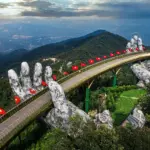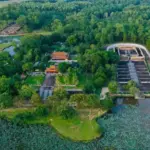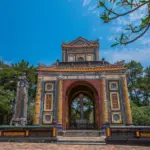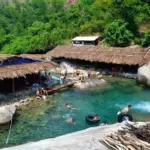History and Origins of Tiger Arena (Ho Quyen) in Hue by Ovuigo
Tiger Arena, known locally as Ho Quyen, is a powerful emblem of Vietnam’s imperial past, constructed in 1830 under Emperor Minh Mang of the Nguyen Dynasty. The arena was purpose-built as a venue for royal animal battles, famously pitting tigers against elephants—a tradition rooted deeply in Vietnamese history. The Nguyen emperors aimed to showcase power, command over nature, and the military might of the imperial city by orchestrating these dramatic clashes within the citadel’s environs. Ho Quyen was both a spectacle and a statement: it entertained the court, reinforced imperial dominance, and illustrated the struggle between two potent symbols—the tiger (representing rebellion) and the elephant (representing strength and power of the royal crest). Anyone visiting Hue should understand that Tiger Arena helped shape traditions and was essential to the Nguyen Dynasty’s cultural and political legacy.
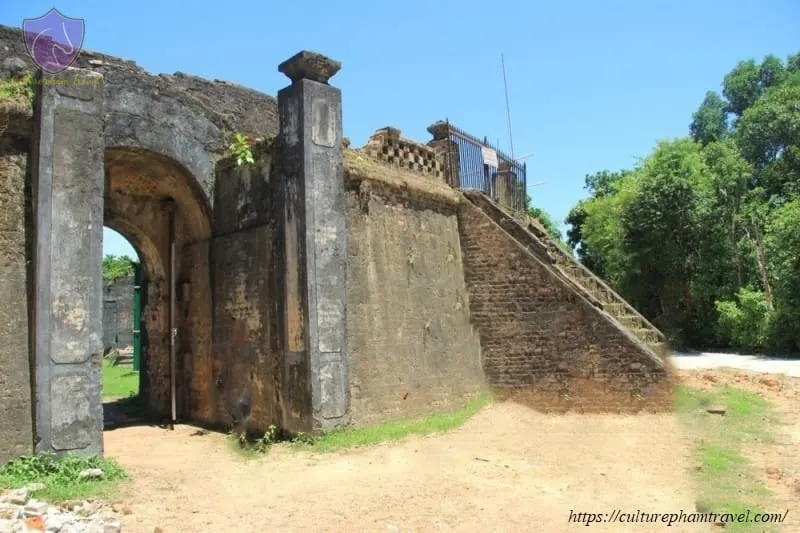
Architectural Design and Unique Features of Ho Quyen Arena
Ho Quyen stands out for its robust circular design built chiefly from red bricks, merging both strength and artistry that characterizes royal monuments in Hue City. The arena’s structure features tall protective walls, two entrance gates (one for tigers and one for elephants), and an exclusive imperial seating area designed for the Nguyen emperor and the royal court. The emperor’s lodge, decorated with intricate tiles and subtle motifs of tigers and elephants, provided an unobstructed view of the spectacles below. Unique to Ho Quyen, the circular brick style ensures safety and crowd control, while rare underground tunnels allowed animals to be prepared out of sight. The design echoes influences from Chinese imperial entertainment arenas, yet its technological aspects, symbolic mural paintings, and ceremonial flagpoles set it apart within the Complex of Hue Monuments. It remains a rare architectural testament to Vietnam’s royal era.
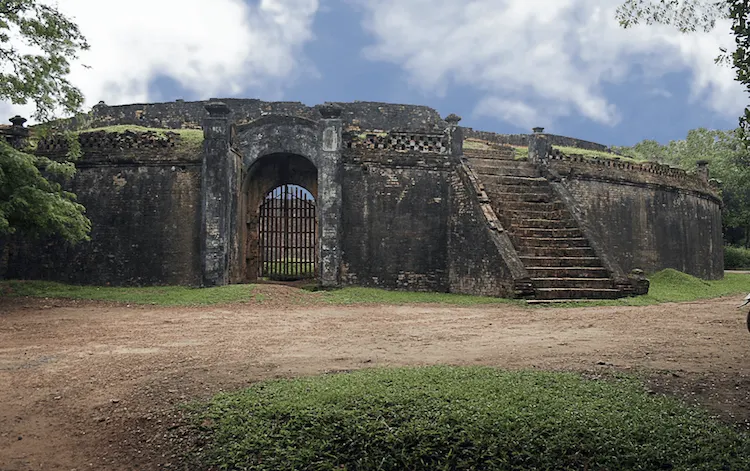
Royal Animal Battles: Tigers, Elephants, and Spectacle
The heart of Ho Quyen’s history lies in its dramatic animal battles—spectacles exclusive to Vietnamese royalty. Tigers and elephants fought under careful choreography, with the elephant, symbolizing imperial might, almost always emerging victorious. The tiger, fierce yet fated to lose, was a metaphor for enemies of the throne. These matches, held annually, marked significant state events, royal anniversaries, and military celebrations. Only members of the court were permitted to attend, ensuring an atmosphere charged with both ceremonial gravity and elite entertainment. The sounds of drums, vibrant imperial crests, and waving victory flags heightened the grandeur. Today, tales of these battles are among the most engaging stories you’ll hear when exploring Vietnamese heritage at the arena. Despite their absence, the moral symbolism—strength over chaos—continues to shape Vietnam’s cultural memory, as documented by ovuigo local history experts.
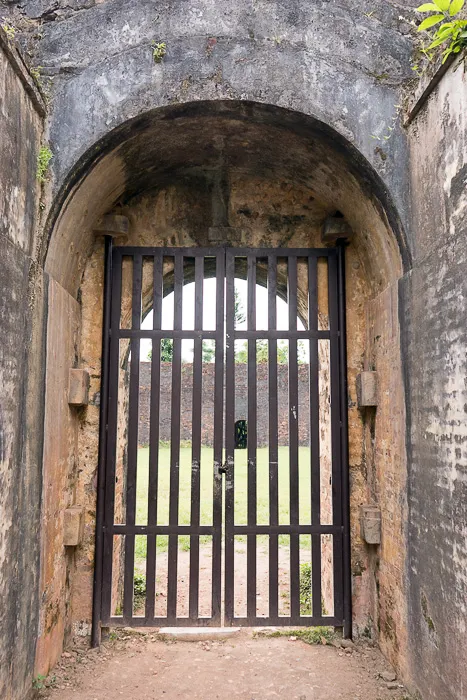
Significance Within the Complex of Hue Monuments and Vietnamese Heritage
Tiger Arena is not an isolated relic; it forms an integral part of Hue’s rich tapestry alongside close neighbors such as Long An Palace, Tu Duc Tomb, Thien Mu Pagoda, Forbidden Purple City, and Vo Thanh Fortress. Featuring prominently in narratives of the imperial city, Ho Quyen’s strategic location near the Perfume River and surrounded by forested grounds enhanced its mystique. Listed within the Complex of Hue Monuments—a UNESCO-recognized site—the arena underscores the deep intertwining of power, art, and theater that defines Hue’s historical sites. The Vietnam tiger and elephant battles are now viewed as pivotal cultural expressions, connecting visitors not only to the city’s royal past but also to the broader Vietnamese heritage. Learning about and visiting Ho Quyen offers insight into a time when entertainment, politics, and symbolism merged. For guided tours and further information, contact ovuigo or connect via WhatsApp (+84868319161).
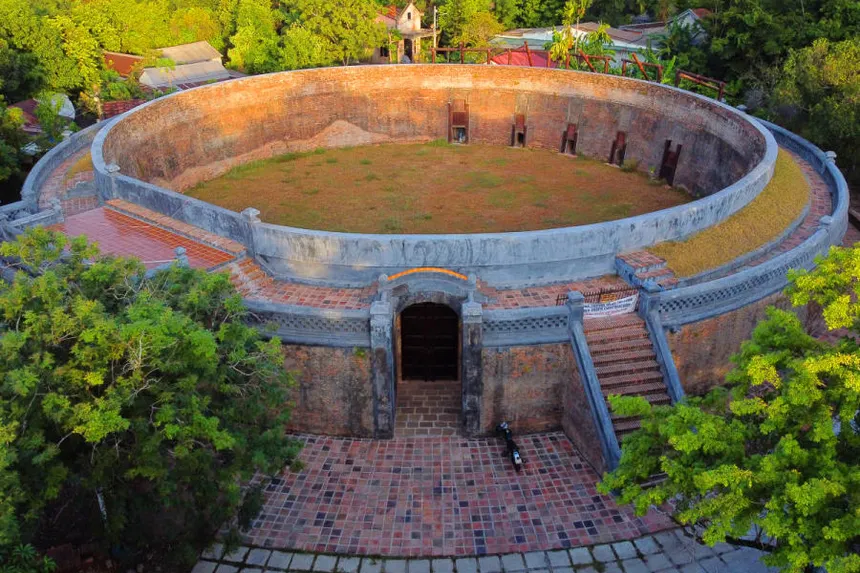
Restoration, Current State, and Visitor Experience at Tiger Arena
Today, Ho Quyen is partially restored, standing as both a solemn monument and an active tourist site in Hue City. The arena is open 24 hours and the entrance is often free or under 30,000 VND (check locally for the most current price). Visitors can marvel at the sturdy brickwork, visualizing the once thunderous events from the imperial seating area. Restoration efforts focus on protecting rare murals, stabilizing the underground tunnels, and preserving the circular structure. Accessibility is moderate; comfortable shoes are highly recommended as paths may be uneven. The site is less congested than more central landmarks, allowing for tranquil exploration and photography. Turn to ovuigo.com’s guides for step-by-step visitor advice, from historical context to the best vantage points. Find Ho Quyen’s exact address at Google Maps to plan your route with ease.
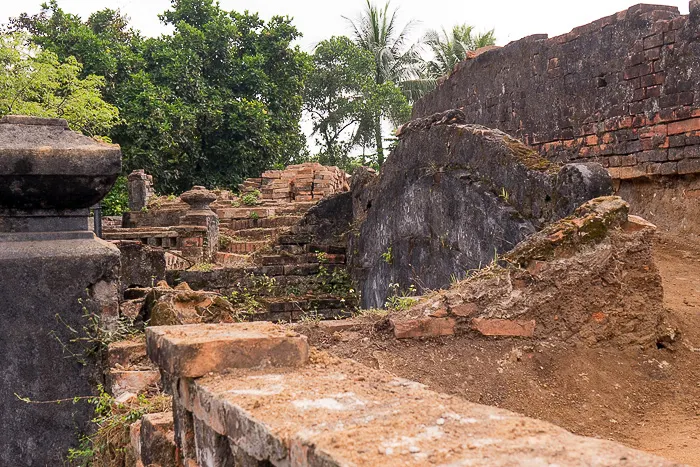
Cultural Symbolism, Legacy, and Ongoing Relevance of Tiger Arena by Ovuigo
Tiger Arena’s lasting legacy derives from its embodiment of the imperial crest’s power struggles—tigers and elephants as enduring archetypes in Vietnamese folklore. Ho Quyen is more than a relic; it remains a symbol of royal grandeur, traditional entertainment, and collective psyche—a site where victory, strategy, and symbolism converged uniquely. Through partial restoration and educational signage, local heritage organizations ensure this venue’s enduring significance for future generations. In modern Vietnam, Ho Quyen is a cultural symbol, drawing tourists, students, and historians interested in the complexities of authority, spectacle, and heritage. Its ongoing relevance lies in prompting reflection and dialogue about peace versus conflict, and about how history is both made and remembered. To fully appreciate Tiger Arena’s story and the legacy of the Nguyen emperors, book a guided experience with ovuigo or start your journey by messaging us via WhatsApp (+84868319161).
Looking for the perfect place to stay while immersing yourself in Hue’s imperial wonders? Try The Manor Hoi An, Hola 1, or Hola 2 for a memorable visit in central Vietnam.

